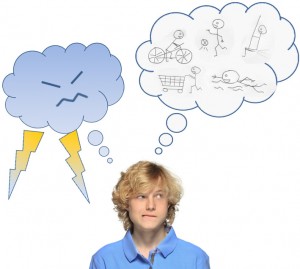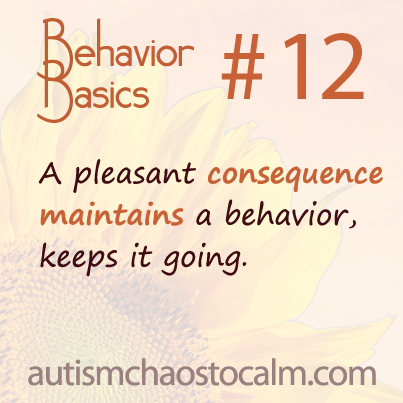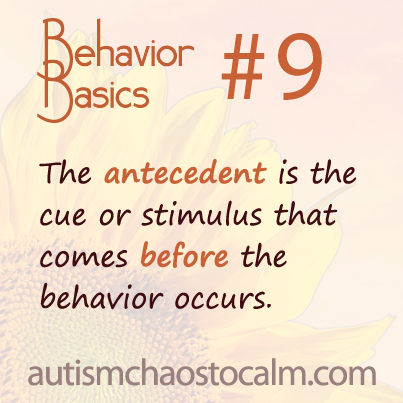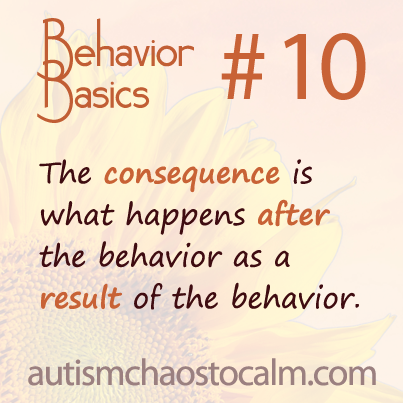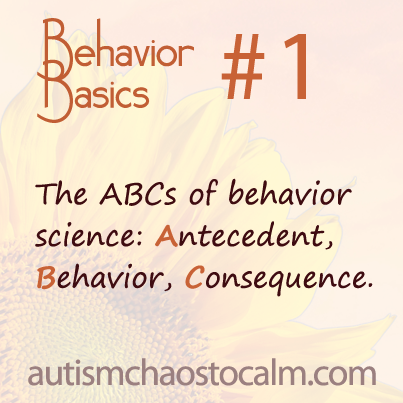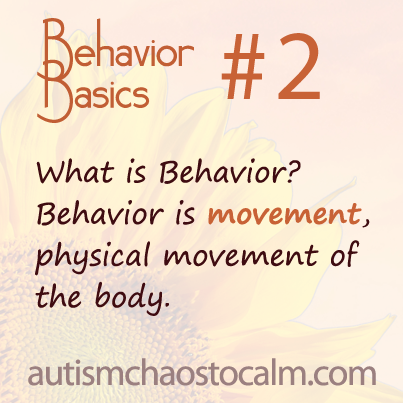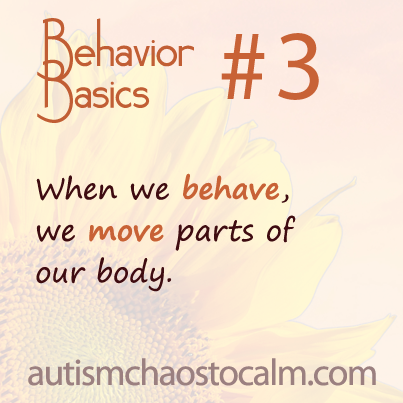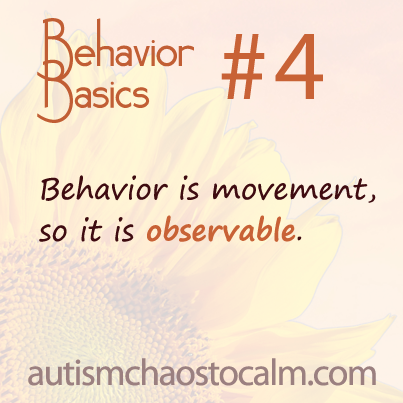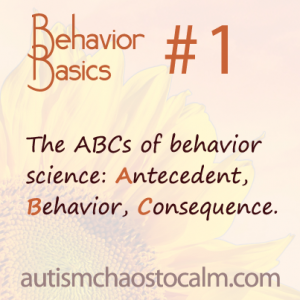By Martha Gabler
Freedom. We all want it. We want to have choice in our lives; it gives us opportunities, independence and a sense of control.
Now consider a child with autism. A child with autism may have a limited range of behavioral choices: he can only do what is in his repertoire. When my son Douglas was little his repertoire consisted of just four behaviors: running around, shrieking “Deeeeee, deeeee, deeeee,” spinning, and hitting himself or others. He was a nightmarish child to care for. If we talked to him, his response was to plug his fingers in his ears and run away.
I know now that he was only doing this as a self-defensive reaction to the confusing and overwhelming stimuli that bombarded him. These behaviors must have been self-reinforcing, or they would not have continued. Creating his own noise, engaging in repetitive movements, destructive behavior and even self-injury must have been reinforcing to him, since we know from the findings of behavioral science that behavior that is repeated is behavior that has been reinforced. It is very sad to think that a child finds his environment so overwhelming that it is necessary to engage in these types of behaviors as a way to cope.
My Son Was Not Happy While Overwhelmed
I didn’t believe that my son was happy while engaging in these self-stimulatory and destructive behaviors. I believe that these behaviors stopped him from being able to learn and interfered with basic functional skills. These behaviors sucked him into a downward spiral which he was unable to control or get out of, and they caused pain, anger, frustration and despair in the rest of the family. How could that be good for him or for us?
